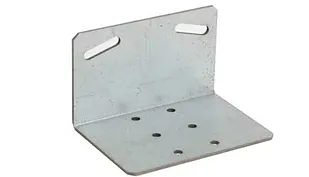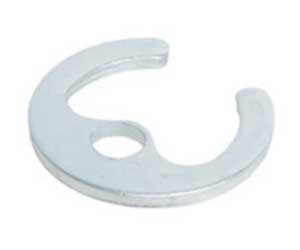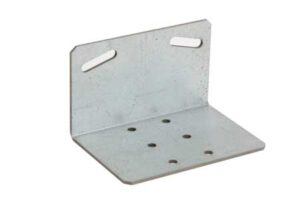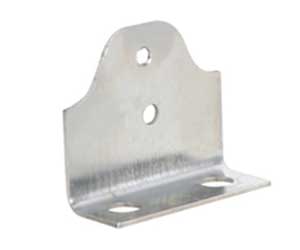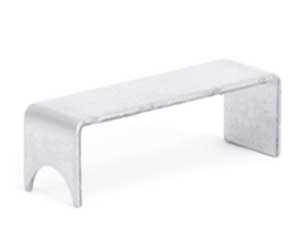Typical sheet metal processing technology:
1. Blanking
There are many ways of blanking, which refers to the workpiece cut by laser cutting or punching by a CNC punching and shearing machine. NC numerical control and laser cutting for thicker and more complex plate processing parts; shearing machines can cut out workpieces with larger shapes, lengths, and widths; punching machines can process workpiece shapes and holes.
2. Flanging
Flanging, also known as hole-pulling, refers to using a die to form a round hole on the workpiece on an ordinary punch or other stamping equipment. It is to draw a gap of a specified size on the pre-punched hole so that the teeth tapped by the workpiece can be more robust, and it is generally for workpieces with a thickness of less than 1.5mm.
3. Pressure riveting
Generally, it refers to the process of firmly riveting and crimping rivet studs, rivet nuts, rivet screws, etc., on the workpiece by using a punch or riveting hydraulic machine.
4. Bending
Bending is a process in which a bending machine forms a workpiece with a bending machine and related bending dies, which can strengthen the strength of the workpiece to a certain extent.
5. Welding
Regular welding processes include carbon dioxide gas shielded, argon arc, electric, robot, and butt welding. The edge seam of a single part needs to welding so that the bending edge is precise to increase the edge folding strength.
6. Surface treatment
The surface treatment includes phosphating coating powder spraying, colorful electroplating zinc, chromate, baking paint, oxidation, etc. After phosphating coating, the workpiece can spray with electrostatic powder, suitable for cold-rolled and galvanized sheets; colorful electroplating zinc is generally cold-rolled. Surface treatment of plates and machined parts; chromate and oxidation are typically for surface treatment of aluminum and aluminum profiles; surface treatment makes the sheet metal parts look beautiful and protect themselves. The specific surface treatment method is determined according to the customer’s material requirements.
7. Assembly
It is to assemble multiple parts or components according to the requirements of the drawings to form a complete workpiece product. The assembled workpiece may be a finished product or a semi-finished product.

